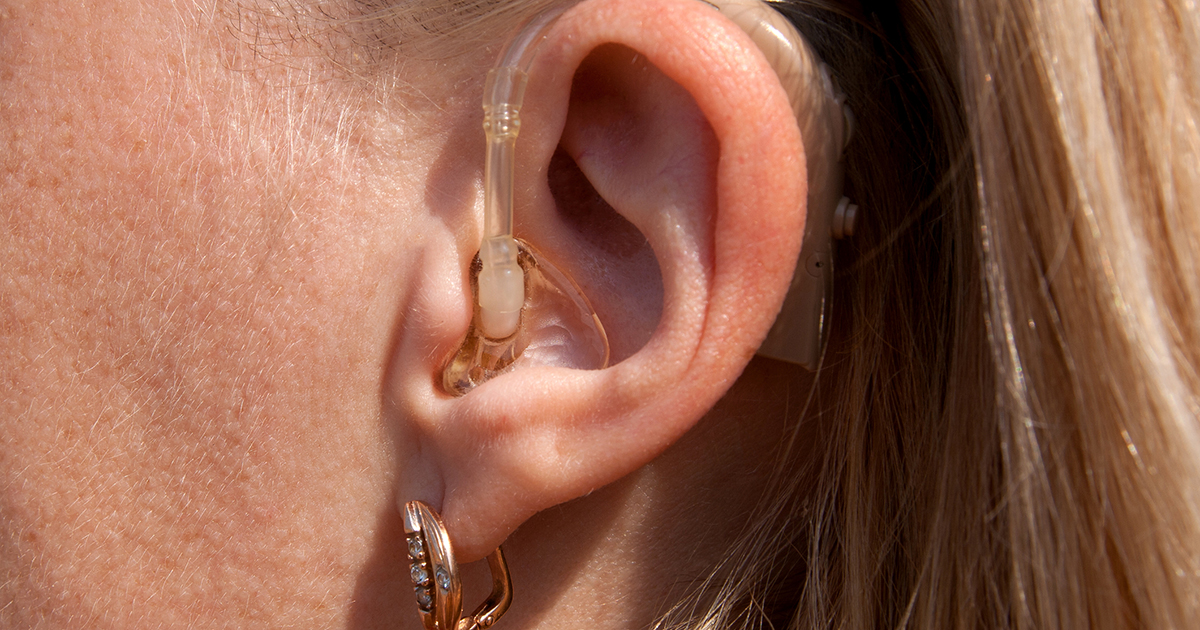Treatment Options For Meniere's Disease
Meniere’s disease is debilitating and affects millions of individuals around the world. The disease usually affects only one ear, though it also progressively worsens and often leads to permanent hearing loss. Symptoms include vertigo, a spinning sensation; tinnitus, a ringing or buzzing sound in the ear; and a feeling of fullness in the ear. Fluctuating hearing loss is also a common symptom of this disease. While a cure is not available, managing Meniere’s disease is possible. The type of treatment will vary for each person and also depends on the severity of their symptoms.
Hearing Aids

Individuals who suffer from hearing loss symptoms will benefit from hearing aids. There are many types and in many styles, but all improve hearing. A completely-in-the-canal (CIC) hearing aid is customized for each patient and inserted inside the ear canal. A CIC hearing aid is suitable for mild to moderate hearing loss and barely visible. An in-the-ear (ITE) hearing aid is suitable for mild to severe hearing loss. It’s more visible than a CIC, but the trade-off is it picks up more sound. A behind-the-ear (BTE) hearing aid is appropriate for all levels of hearing loss. This makes it a viable option for individuals who don’t want to change their hearing aid as their hearing loss worsens. Regardless of the type or style chosen, they will make it easier to deal with Meniere’s disease.
